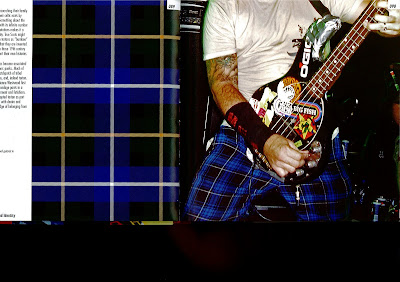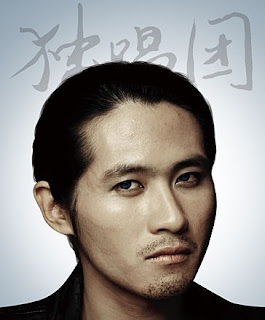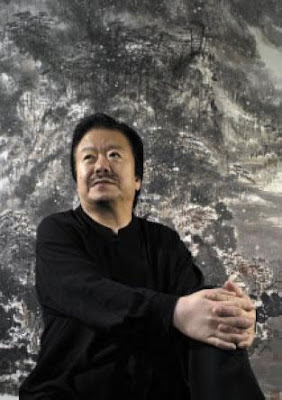Communicating with pattern
Squares, checks, and grids
By Mark Hampshire & Keith Stephenson
As a new member of the ‘Communicating with pattern’ series, this book is a detailed introduction of squares/checks/grids used in art and design, showing a total number of 689 images the author collected from all fields of everyday life.
On the front/back cover, some pictures of classic uses of squares/checks are well arranged in checks. It offers a strong impact of how well squares work as an element in design, and readers can easily be attracted into the world of squares, checks and grids.
In the book, squares designs are divided into 5 main groups, Classic Checks, Membership and Identity, Themes and Moods, Signals and Information, Form and Function.
I like the first chapter most, as everything list in Classic Checks is about a kind of cloth patterns. The author describes the different types of checks, by providing their own history. So we can easily identify the exact type of checks of different brands of fashions. For example, the classic check of Dior is called Houndstooth Check.
The second chapter tells how squares may act as identifications. I can understand the reason why the authors use ‘Membership and Identity’ as the title of this chapter, as the examples are all considered to be a symbol of a culture, as tartans to Scottish. But the contents are not well organized as I don’t think the squares used in national flags and Date Plaques have any similarity in their functions.
The rest of book actually talks about various usages of squares and checks, though the contents are divided into several chapters of different functions. But there are many interesting examples, including Mondrian style, Pixels style, which we always enjoy but never understand clearly.
The huge amount of pictures are not easy to collect, I appreciate the authors’ work though some part of the book seems only to be used to make up the number.
 |
| Contents Page |
 |
| Squares used in Fashion |
 |
| Scottish Style |
 |
| Piet Mondrian Style |
 |
| Grids |















